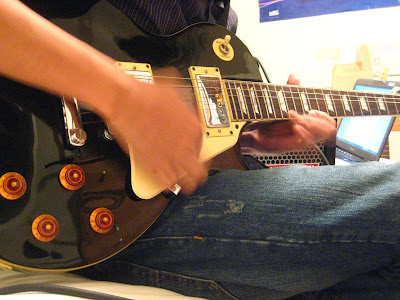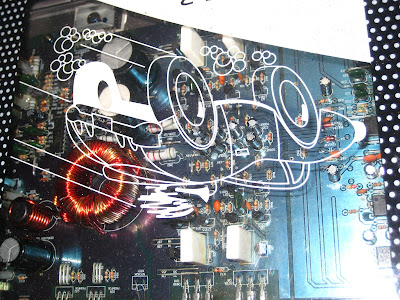
For this journal I pulled a Mr. K and attempted to take a picture of this rainbow with my iPhone while driving along the Ala Wai this weekend, which is a little harder driving manual. This rainbow is created by the total internal reflection of light inside individual raindrops, in which the angle of incidence of light inside the raindrop creates an angle of refraction that is 90 degrees or greater (the critical angle), and thus light does not exit the raindrop, but bends back in the other direction and exits a different way. For us to percieve rainbows, we require that the sun is behind us (it isnt visible in this picture, so that is fulfilled) and the raindrops are in front of us (also not visible in this picture), so that the light will reflect into our eyes. An important part of seeing all the colors of the rainbow is dispersion, which is refraction that causes light to seperate into its various wavelengths. Since white light is made up of red green and blue, which subsequently make up all the colors, all with varying wavelengths, each experiences a slightly different change in speed and wavelength when entering and exiting the raindrop, and thus we see them stacked upon each other. Since different wavelengths are variously refracted, we only percieve a single color refracted from a single raindrop, and thus our image of the rainbow is made up of the refracted light from many different raindrops.







